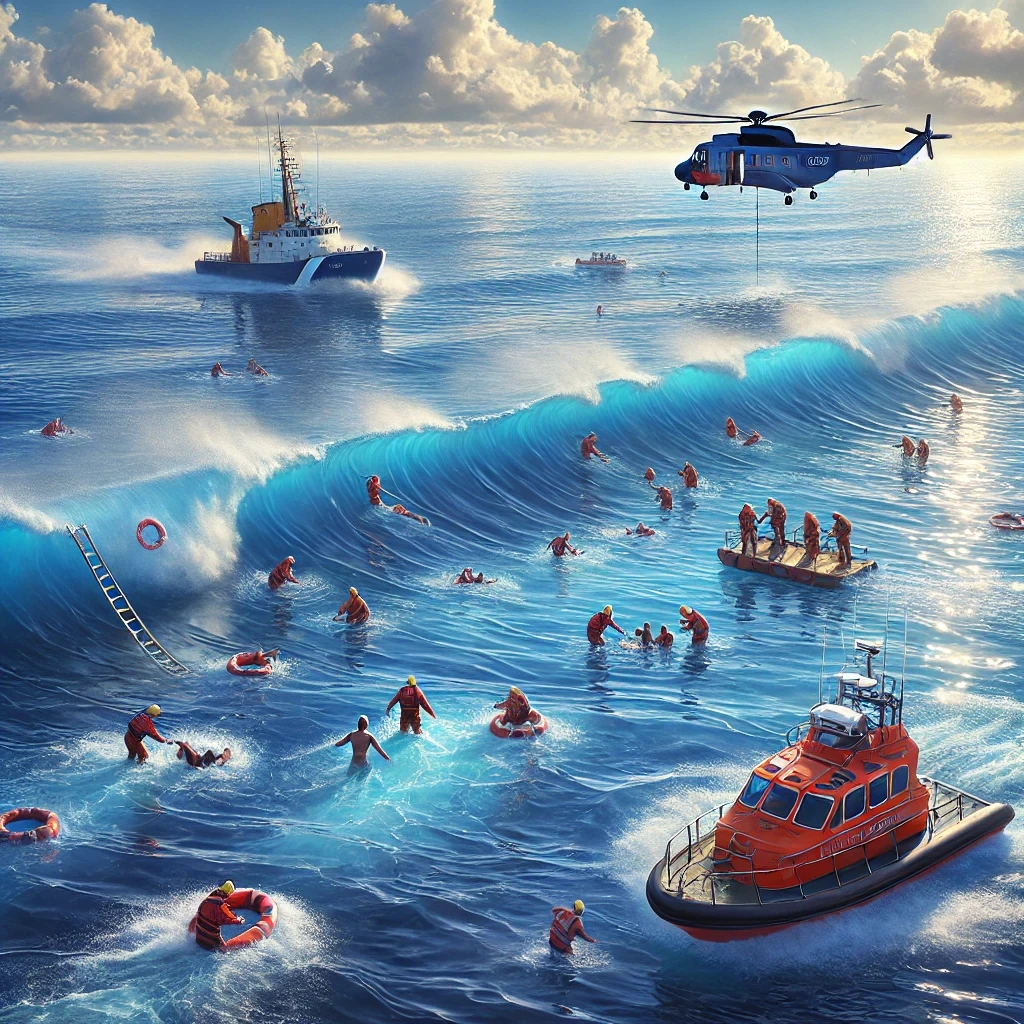In India, the challenge is particularly acute. With a vast coastline, numerous rivers, lakes, and ponds, the country witnesses thousands of drowning incidents every year resulting into Drowning Dilemma. Urban and rural areas alike are impacted, with children and fishermen among the most vulnerable groups. Coastal cities like Visakhapatnam have erected warning boards near popular beaches, but accidents continue to occur as locals and tourists underestimate the dangers of strong currents and deep waters.
The report emphasizes that drowning is not only a public health issue but also a socio-economic challenge, disproportionately affecting marginalized communities. Many victims are primary breadwinners, leaving families financially devastated in the aftermath of such tragedies.
Prevention: What the WHO Recommends to control Drowning Dilemma
The WHO’s report offers a roadmap for countries to combat drowning through a series of evidence-based strategies:
- Community Education and Awareness: Teaching water safety skills and promoting safe behaviours around water, especially for children, can significantly reduce risks.
- Swimming and Rescue Training: Introducing swimming lessons and survival skills as part of school curriculums in high-risk areas.
- Safe Infrastructure: Installing barriers to prevent access to dangerous water bodies and creating designated swimming areas.
- Emergency Services: Strengthening local rescue and first aid systems to respond quickly to drowning incidents.
- National Action Plans: Developing and implementing country-specific drowning prevention strategies, guided by data and tailored to local needs.
The Way Forward for India and the World
In countries like India, where cultural and economic factors intersect to amplify the drowning crisis, experts recommend integrating drowning prevention into broader public health and disaster management strategies. Measures like mandatory life jackets for fishermen, stricter enforcement of safety regulations at water-based tourist sites, and improved access to healthcare in remote areas could go a long way in saving lives.
The report also calls for collaboration across sectors, emphasizing the role of governments, non-governmental organizations, and community leaders in driving change. For example, rural communities could benefit from initiatives to build bridges over water crossings and provide safer alternatives to risky routes.
Progress, but Much More to Achieve
While the global decline in drowning deaths since 2000 is encouraging, the pace of change remains too slow to meet public health goals. The WHO stresses that drowning prevention requires a concerted, sustained effort involving education, infrastructure development, and emergency response.
As countries begin to engage with the findings of the report, it is hoped that this grim statistic—30 lives lost every hour—can be drastically reduced. For nations like India, which bear a disproportionate burden, the time to act is now. By prioritizing drowning prevention and implementing evidence-based interventions, countless lives can be saved, and communities safeguarded from the devastating impact of this preventable tragedy.






